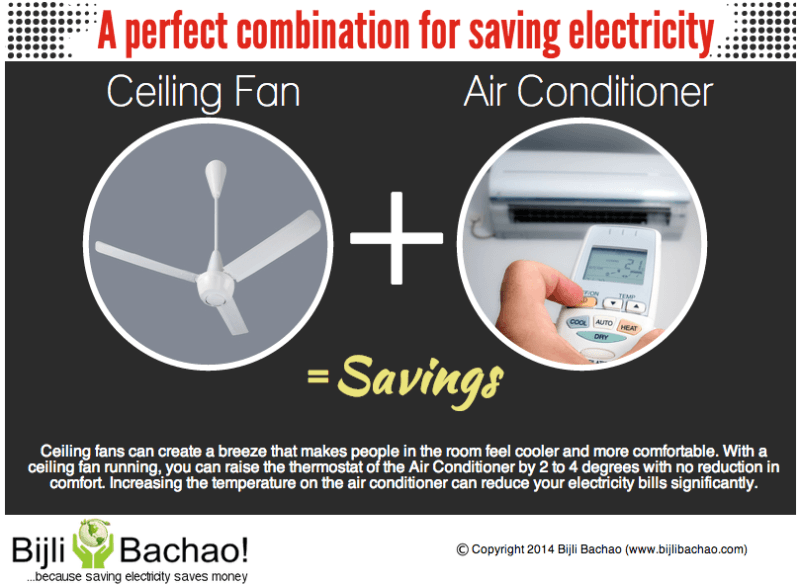Preparing Your Home For Heat Pump Setup: A Detailed Checklist
Preparing Your Home For Heat Pump Setup: A Detailed Checklist
Blog Article
Write- ducted heating systems nz Created By-Birch Marshall
Prior to diving into the installment process, it's necessary to ensure your home is ready for the forthcoming heatpump setup. From decluttering the location to checking electrical compatibility and ventilation, each step plays a crucial duty in the successful configuration of your brand-new system. By diligently preparing your home, you lead the way for a smooth installment experience and effective performance of your heat pump. Yet what various other essential considerations should you bear in mind to guarantee a hassle-free process?
Cleaning the Installment Location
Have you prepared the installation location for your heat pump? Before the installment procedure begins, it's vital to make sure that the area where your heatpump will be mounted is clear and prepared for the professionals to function efficiently.
Beginning by getting rid of any barriers or clutter near the marked place for the heat pump. Make certain that there suffices area around the device for proper air flow and upkeep access. Eliminate any type of debris, plants, or furnishings that can block the installation process or restrain the heatpump's efficiency.
Furthermore, look for any type of potential risks such as looming branches or structures that can interfere with the heatpump's operation.
It's necessary to develop a safe and unhampered environment for the installation team to work in. By putting in the time to remove the setup area ahead of time, you can help ensure a smooth and effective heatpump installment procedure.
Monitoring Electric Compatibility
To guarantee a successful heatpump installation, it's important to examine the electric compatibility of your marked installation area. Begin by making sure that your electric panel has the capacity to sustain the new heat pump. Check if there are enough available breaker and enough amperage to handle the extra tons. If required, speak with a certified electrician to analyze and upgrade your electrical system.
Next off, validate if the voltage requirements of the heatpump match your home's electric supply. https://edgarfavqk.blogpixi.com/31473763/discovering-the-impacts-of-weather-condition-on-heat-pump-procedures-and-practical-actions-to-boost-performance operate on typical home voltage, but it's important to verify this to prevent any electrical issues during installation. In addition, ensure that the circuitry in your home is in good condition and satisfies the requirements laid out by the heatpump supplier.
Last but not least, take into consideration the area of the nearby power source to the exterior system of the heatpump. It needs to be within reach for very easy link without the requirement for comprehensive electrical wiring. By addressing these electric compatibility aspects beforehand, you can make certain a smooth and successful heatpump installation process.
Ensuring Correct Air Flow
For ideal efficiency and performance of your heat pump, ensuring proper ventilation is essential. Appropriate ventilation permits the heatpump to work optimally by providing the essential airflow for warmth exchange procedures. Prior to installment, see to it that the area where the heatpump will certainly be put has adequate ventilation to avoid getting too hot and guarantee appropriate air flow.
Clear any obstructions around the device to allow unrestricted airflow, which is vital for the heat pump to run successfully.
In addition to the area around the heat pump, think about the overall ventilation in your house. Great ventilation throughout your home assists disperse conditioned air properly, making sure regular temperature levels and maximizing energy savings. Proper air flow also helps preserve interior air quality by lowering pollutants and wetness build-up.
Throughout the setup procedure, seek advice from your heating and cooling service technician to validate that the ventilation requirements for your specific heat pump model are satisfied. By prioritizing ventilation, you can boost the performance and longevity of your heatpump system.
Conclusion
Now that you have gotten rid of the installation area, examined electric compatibility, and guaranteed correct ventilation, your home awaits a successful heatpump installment. By following this thorough checklist, you have created a safe and conducive environment for the brand-new heatpump to operate efficiently. Bear in mind to consult with experts if needed and take pleasure in the advantages of a much more comfy and energy-efficient home.
